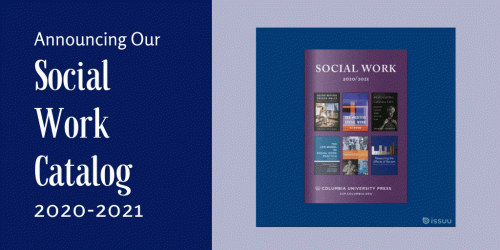The Lives of Transgender People reviewed in Inside Higher Ed
While reading Genny Beemyn and Susan Rankin’s The Lives of Transgender People for his review of the book in Inside Higher Ed, Scott McLemee was struck by some of the rather dispiriting findings in the book.
Beemyn and Rankin’s book builds upon their extensive survey of transgender individuals about a variety of issues confronting their lives. McLemee points to the survey’s revelations regarding the continuing harassment that many transgender individuals face. McLemee asked the authors whether their data is as depressing as he first thought. Beemyn and Rankin argue that while there are still many challenges for transgender individuals, things are getting better as younger generations are becoming increasingly understanding of transgenderism. Here is an excerpt from the article:
“In my mind,” responded Beemyn, “the study shows dramatically different experiences by age. While it may have been largely depressing for people in previous generations, it is often much less so today. Younger trans people in general are not going through prolonged periods of denial, self-repression, and uncertainty; have connections with other trans people from a young age; have role models and mentors; and are able to find friends and partners who support their gender identity.”
Rankin seconded that point. And fair enough: the authors report that 90 percent of their respondents, of whatever age, “realized that they did not fit in with others of their assigned gender by the end of their teen years” — with large majorities having already felt that way before adolescence, and about one in five experiencing gender dissonance from early childhood on. Most subjects in their 30s and older indicated that they had tried to hide or repress such feelings for long periods, and “more than half of the older participants did not meet another transgender person until they were at least forty years old.”
The contrast with the experience of younger participants in the study couldn’t be more stark. “Among the twenty-one interviewees who were between eighteen and twenty-one years old,” write the authors, “only four indicated that they repressed their sense of gender difference throughout childhood and adolescence,” while “more than two thirds … had already met other transgender people by the time they began to identify” that way.






